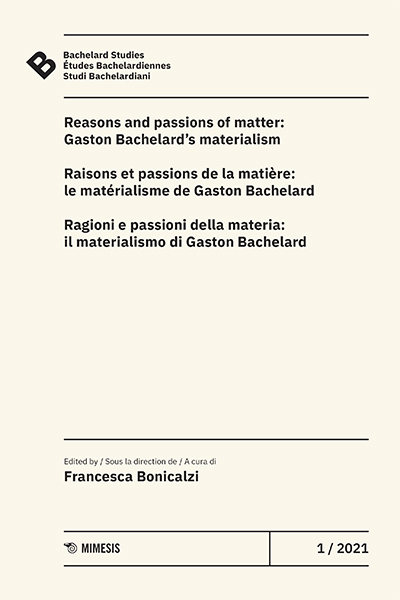Abstract
La scoperta della rêverie come dimensione aurorale e autonoma della conoscenza del mondo ha condotto l’epistemologo Gaston Bachelard su terreni di ricerca estetici. L’immaginazione possiede infatti una natura materiale e dinamica, che consente di superare la rigidità interpretativa imputabile alla psicanalisi. Al contrario la ritmanalisi, ispirata dal portoghese Pinheiro Dos Santos, riconcilia nell’immaginario il ritmo di aggressione e conciliazione, animus e anima, principio maschile e principio femminile. Le ricerche in campo epistemologico del filosofo di Bar-sur-Aube influenzano quindi indubbiamente le sue riflessioni sul tempo e lo spazio della poesia: la dialettica del piccolo e del grande ci mostra, come un vero e proprio teorema di topoanalisi, che questi sono legati come la Miniatura e l’Immensità. La poesia è preposta dunque ad interpretare la relazione tra uomo e mondo, esprimendo le passioni della materia. E la forma di questa estetica consiste in una meditazione scritta in un processo unitario di leggere-scrivere, che trova la sua ultima immagine nella Fenice.
Parole chiave: Estetica Concreta, Ritmanalisi, Leggere-Scrivere, Topoanalisi, Immaginario Della Poesia.

